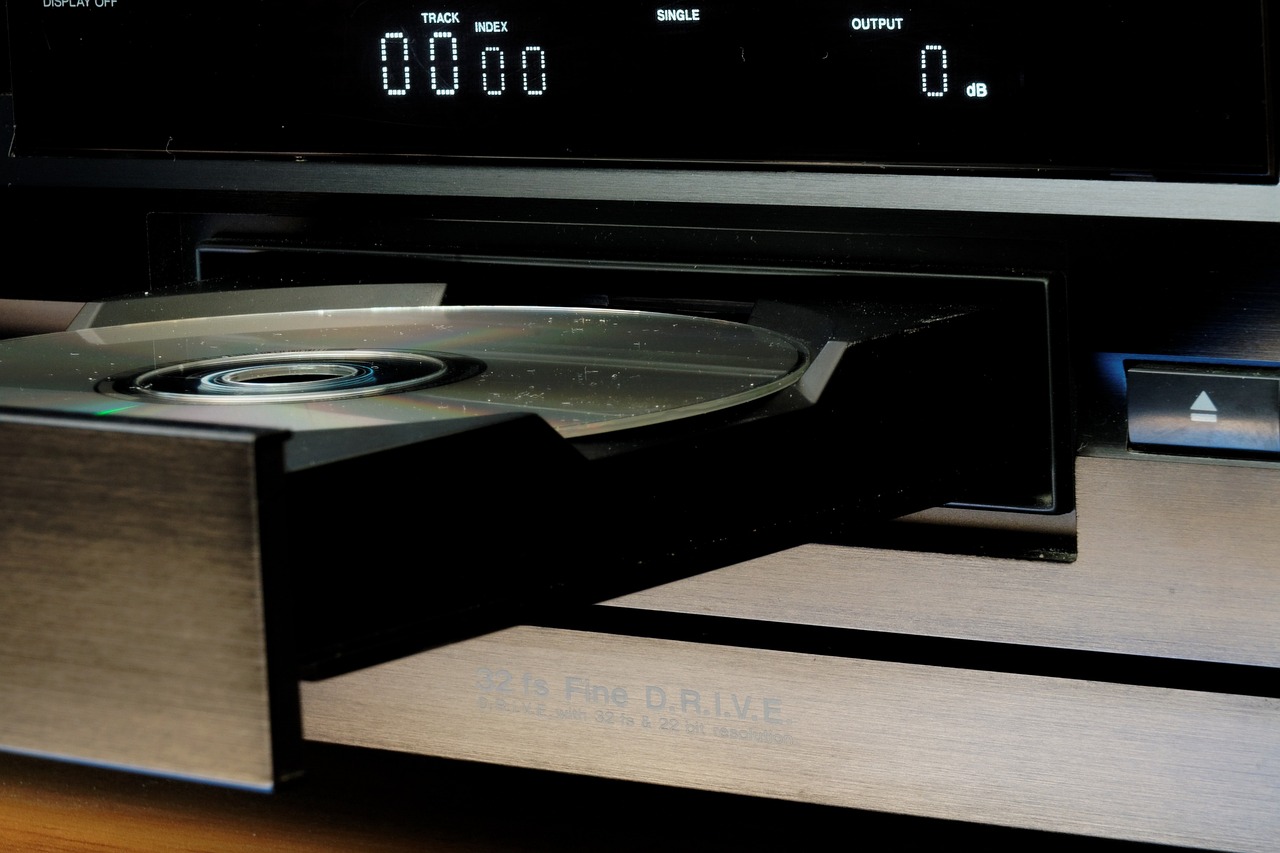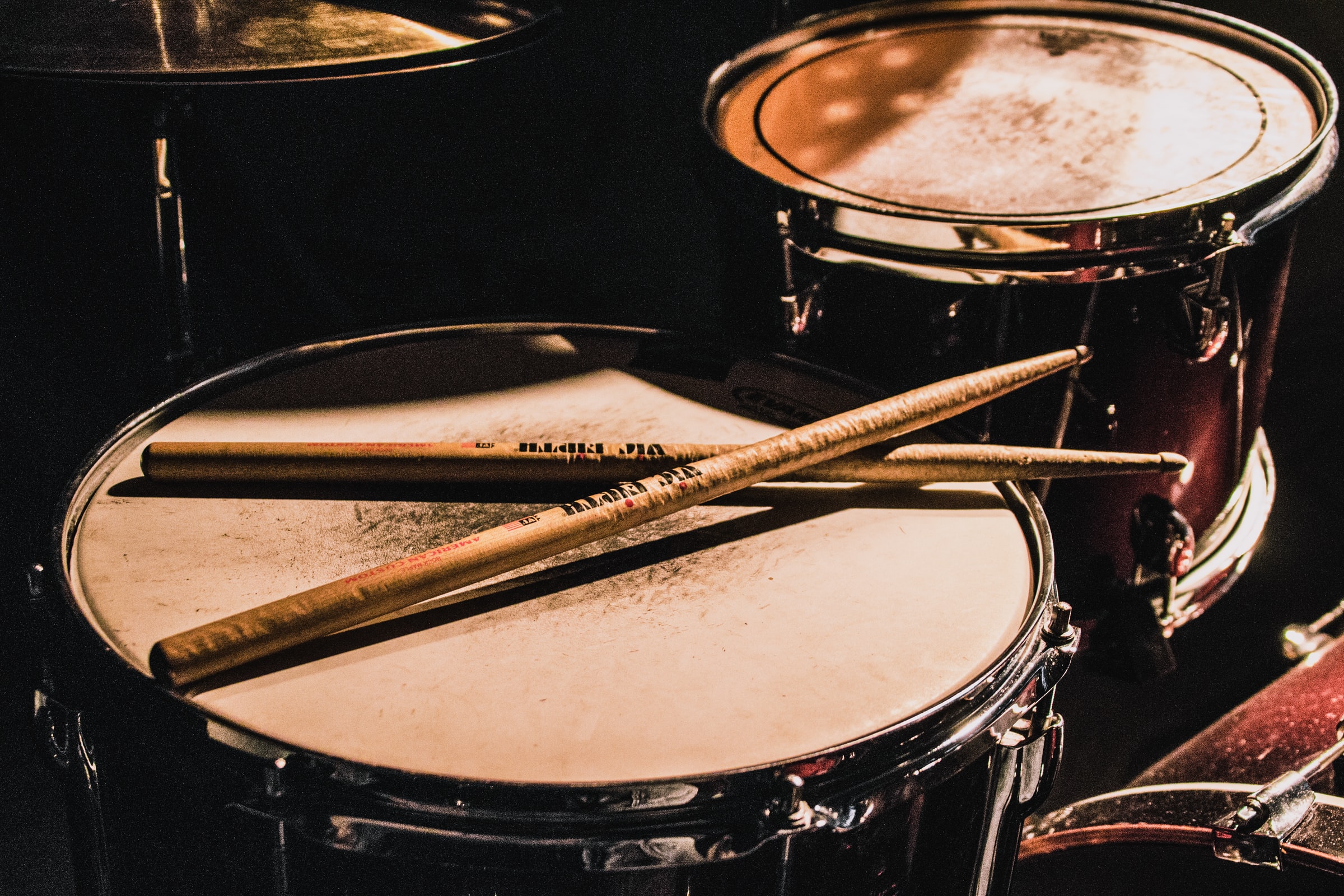Do People Still Buy CDs?
We consume about 85% of our music via streaming in 2022. However, older mediums of listening to music are also getting back in the spotlight in recent years. Vinyl has had increasing sales since 2005. CDs are still popular, although less prevalent than in the 2000s. They witnessed a significant sales increase in 2021 for the first time in about two decades. So, do People still buy CDs?
Yes, they do. Although the sales of CDs have been declining yearly since their peak in 2004, last year saw it boom for the first time. The CD sales went from 40.16 million units in 2020 to 40.59 million in 2021. While CDs likely won’t be able to match their popularity in the 1990s and early 2000s, it remains an impactful musical medium.
CDs are becoming a thing of the past when purchasing music. In the age of digital music and streaming services, many people are opting to forego the physical copy of an album in favor of the convenience of having their music at their fingertips whenever they want it. However, some people still cling to CDs as their preferred way to listen to music. Here we will explore the reasons why people still buy CDs and whether or not this trend is likely to continue.
Why do people still buy CDs?
Wondering why people still buy CDs (or why you should)? Here are your answers:
Higher sound quality
People who still buy CDs tend to be music purists who appreciate the sound quality of a physical copy of an album. CDs offer a higher quality listening experience than MP3s or streaming services, which compress the audio to save space.
For people who are serious about music, the difference in sound quality is significant enough to warrant the purchase of a CD. In addition, many people still enjoy having a physical copy of an album they can hold and look at, as opposed to a digital copy that exists only as bits and bytes on a hard drive.
CDs also offer better audio quality than their vinyl counterparts. So they still dominate the market compared to other music release types
Better artist support
Another reason some people continue to buy CDs is that they prefer to support artists by purchasing their music rather than streaming it for free. While streaming services pay artists royalties, the rates are often meager, and many artists make more money from CD sales than streaming. For people who want to ensure that their favorite artists are compensated for their work, buying CDs is the best way to do it.
Other ways you can support your local artists include buying their merch and going to stores. More media streams a great, but they don’t result in much more than a penny of revenue for most musicians.
You often get more value
CDs often come with bonus content you don’t get with digital releases. One of the most obvious examples of this is the included art book, which is often overlooked when listening to the CD.
Alternative bonuses you get might include signed copies and lyric books. You might also find out a bit more about a band’s story, as musicians often want to provide every incentive they can to buy some CDs.
Another way you can get more value out of your CD is through resale. You can’t resell digital content, so having a physical CD automatically gives you more (which might be neat if you get a rare album).
You can get some awesome CD players
Major companies like Sony and Panasonic are still releasing CD players. So while you might think that era is done, companies are still producing players that say otherwise.
Modern CD players can be as limited or limitless as you want. Six-CD changers let you play and shuffle through multiple albums at once. This gives it similar power to your Spotify playlist.
While you still need to purchase and put in the CD, there is more use from the CD than you might think. Thanks to some awesome audio players, you can still get a completely custom experience from your purchase.
How many people still buy CDs?
The latest U.S. music sales database report published by the Recording Industry Association of America (RIAA) shows that CD sales volume was 46.6 million, meaning that CDs sold more than vinyl records (with annual sales of just 39.7 million). Does this mean that CDs have regained their place as the number-one music format in the United States?
While CD sales may have grown by 47.7% in a single year, vinyl sales grew by an even greater 67.3% during that period. This is especially significant when you consider that vinyl-record sales have been steadily increasing since 2007, making it clear why vinyl can still be regarded as the undisputed king of recorded music sales.
However, it’s important to note that the CD market has declined for many years, and this trend is unlikely to be reversed. The convenience and quality of digital music are too good to ignore, and as more and more people switch to streaming, the sales of CDs will continue to decline.
In the coming years, CDs will likely become increasingly niche, appealing only to a small subset of music lovers willing to pay to own a physical copy of their favorite albums.
The Collector’s Perspective: Why Some Still Prefer CDs
CD as a collector’s item
In a digital age where streaming services offer a plethora of music at one’s fingertips, the very act of purchasing a CD has become somewhat of a statement, a testament to one’s appreciation for the physical medium. Collectors, connoisseurs, and enthusiasts continue to cherish CDs, building extensive collections that serve not just as a music library but as a tangible representation of their musical journey.
CDs offer unique elements that digital files cannot replicate — the artwork, the liner notes, the quality of sound, and sometimes additional content like posters and lyric books. These tangible elements add a deeper layer to the music consumption experience, creating a rich tapestry that encompasses not just auditory sensations but a visual and tactile experience.
Furthermore, many collectors view CDs as investments, banking on the rarity and desirability of physical media in the future. Limited edition releases, signed copies, and first-pressings often become coveted items, appreciating in value over time.
The tactile and visual pleasure of physical albums
The experience of holding a physical album in one’s hands, flipping through the liner notes, and admiring the artwork involves a ritual that many music lovers are unwilling to let go. It’s a sensory experience that goes beyond just listening to music; it involves immersing oneself into the world crafted by the artist.
The visual pleasure derived from a well-curated CD collection is undeniable. The vibrant array of album covers, the meticulous organization, and the tactile satisfaction of picking out a CD, removing it from its case, and placing it in the player create a ritualistic joy that is hard to replicate in the digital sphere.
Moreover, physical albums allow for a deeper connection between artists and listeners. Artists often use album artwork, booklets, and packaging to convey their vision, offering a visual narrative that complements the music. This kind of rich, multi-sensory experience forms a holistic artistic expression that is lost in the digital translation, where visuals are often relegated to thumbnail images on a screen.
The sheer physicality of CDs provides a grounded, tangible connection to the music, transforming the act of listening into a more engaged, present, and enriching experience. In an age where digital fatigue is becoming increasingly prevalent, the tactile and visual pleasures afforded by CDs offer a refreshing, personal, and intimate way to enjoy music
Audio Quality: CDs Versus Digital Formats
The debate over audio quality: CDs vs streaming
In the landscape of music consumption, a hotly contested debate persists: does the audio quality of CDs hold superiority over digital streaming formats? To dissect this argument, one needs to dive into the intricacies of audio compression and the resulting sound output.
Streaming services often utilize compressed formats like MP3 and AAC to deliver music to listeners. This compression is a double-edged sword: while it facilitates quicker streaming and requires less storage space, it invariably results in a loss of some audio data, potentially reducing the richness and depth of the sound. These are often dubbed as “lossy” formats due to the loss of data in the compression process.
CDs, on the other hand, offer a lossless audio experience, presenting music in a purer, unaltered state. This means that what you hear on a CD is exactly how the artist and producer intended it to be, without any compromise in quality.
How CDs can offer a superior listening experience
The superior listening experience accorded by CDs can be attributed to their high-resolution audio, which is significantly closer to the original studio recording compared to compressed digital formats. CDs operate at a sampling rate of 44.1 kHz and a bit depth of 16 bits, allowing for a detailed and nuanced representation of sound.
Moreover, many audiophiles argue that CDs offer a warmer and richer sound profile, with greater detail and dynamism, presenting every instrument, note, and nuance as it was meant to be heard. This difference might be subtle for the casual listener but becomes markedly noticeable with high-quality audio equipment.
Listening to music on CD also encourages a more focused and intentional listening experience. It invites listeners to immerse themselves fully in an album, appreciating the sequencing of tracks, the pauses between them, and the full arc of the musical narrative crafted by the artist.
CDs cultivate a space for listeners to rediscover the joy of holistic album experiences, untethered from the distractions and incessant notifications that often accompany digital consumption. In an era dominated by playlists and singles, CDs allow for a deep, uninterrupted communion with music, proving that in terms of quality and experience, the humble CD can indeed hold its ground against digital formats.
Causes for Decline In Popularity Of The CD Medium
The primary reason for the CD format’s decline is the increased availability of digital audio files. The second factor is the renewed popularity of vinyl records, which were once considered obsolete by the music industry.
The Internet
The year 2000 saw CD music sales reach nearly $20 billion, the same year that illegal music downloading from the Internet first became commonplace. So widespread was free downloading from Napster that, decades after its disappearance, The Guardian and other outlets still blame it for nearly destroying the music industry.
In 2001, Napster began receiving much hate and eventually disappeared. This gave way to many music torrent websites and specialized blogs that distributed CD rips for free through file-hosting websites such as Rapidshare and Mediafire. This was the beginning of the downfall of the CD because people began to question why they should pay for a physical object when they could get the same high-quality music for free.
The only thing stopping people from downloading music from the Internet was the uproar against piracy. However, as soon as downloading audio files became a hassle, music streaming services emerged and completely altered the landscape. The most recent RIAA statistics show that download sales totaled 209.3 million, outpacing CD sales of 46.6 million during the same time.
After Napster gained popularity in 2001, the firm faced intense criticism and ultimately failed. This opened the door for many blogs and music-torrent websites that distributed free CD rips via file-hosting websites like Rapidshare and Mediafire. People started to wonder why they should pay for a physical product when they could get the same caliber of music for free, and this was the beginning of the end for CDs.
The Vinyl Record
While casual music listeners increasingly use streaming services, collectors still favor purchasing physical copies of their favorite albums. The CD format, however, has not fared well in the twenty-first century, as the vinyl revival has supplanted it. Hipsters were criticized in 2016 by publications like GQ for increasing vinyl sales, but the phenomenon has only grown since then.
Conclusion
It’s true that CD sales have increased for the first time since the early 2000s and that consumers continue to purchase them. However, it’s still too early to say whether CDs will experience a revival similar to vinyl records or if the recent surge in popularity is a passing effect of the pandemic.



![How to Remix a Song Legally [Copyright Considerations]](https://www.bythebarricade.com/wp-content/uploads/2023/04/150254623_l-1024x576-1-768x432.jpg)




